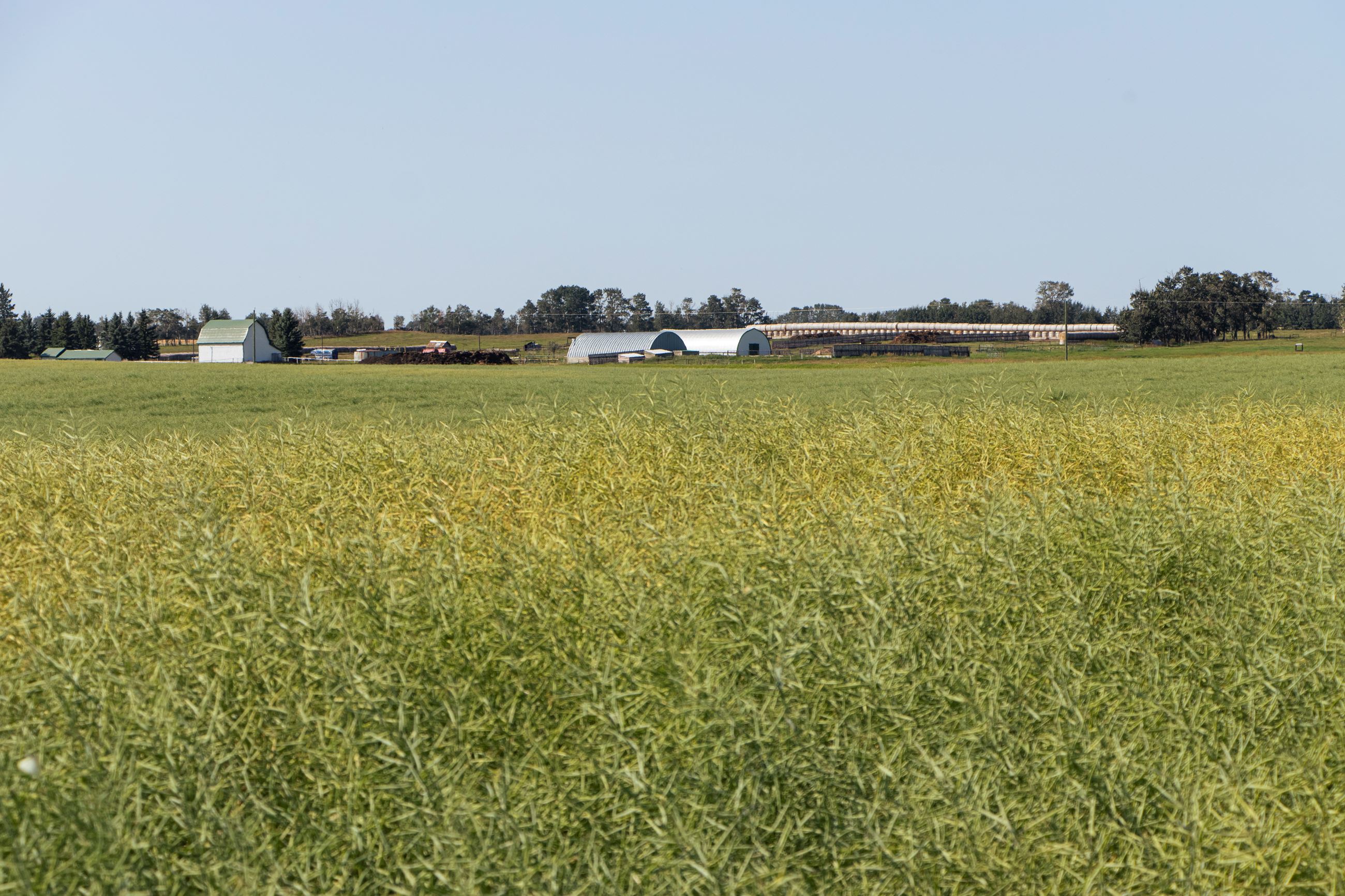- Home
- Government
- Departments
- Planning & Development
- Development & Building Permits
- Agricultural Development
Agricultural Development
Agricultural Development 
In the Agricultural district, development permits are required for:
- Dwellings units
- Intensive animal and intensive agricultural uses
- Buildings directly associated with these uses
- Farm buildings within the City and County of Wetaskiwin Intermunicipal Development plan
- Discretionary uses under the Agricultural district
To know if your proposed development(s) are within the required district, you may access an online digital County map to view the entire County, including your specific property.
Confined Feeding Operations (CFO)
The Agricultural Operation Practices Act (AOPA) became effective January 1, 2002. The AOPA gives the Natural Resources Conservation Board (NRCB) the sole authority for regulating Confined Feeding Operations (CFOs). Therefore, the approval process for CFOs is the responsibility of the Natural Resources Conservation Board (NRCB) and is outside of the County’s jurisdiction.
For information on threshold numbers, manure management practices, applications and complaints contact the Natural Resources Conservation Board.
As part of the NRCB decision-making process for new or expanding operations, the Approvals Officer must take into consideration County policy and direction in the Municipal Development Plan (MDP). Further, the Municipal Government Act (MGA) requires the County to identify where new CFOs should locate. Please refer to the County’s MDP for policies related to CFOs and to view a map of locations where the County does not support CFOs.
Development Not Requiring a Development Permit
An Agricultural (Farm) building does not require a development permit, if it meets the setback requirements of the zoning district the land is located and is not in the Agricultural/Intermunicipal Development Plan (A/ID) District around the City of Wetaskiwin.
Types of Agricultural (farm) buildings include but are not limited to:
- Livestock Shelters
- Barns and outbuildings storing agricultural products and farm equipment
- Silos
- Granaries
- Fencing
Contact Superior Safety Codes for the required Safety Code Permits for your agricultural development.
- Do I require a development permit for my Barn?
-
Except for lands in the Agricultural District under the Intermunicipal Development Plan Overlay, a development permit is not required for Agricultural (Farm) buildings so long as they conform to all other relevant provisions of this Bylaw including setbacks, site coverage, height, etc.:
Types of Agricultural (Farm) buildings include, but are not limited to:
- Livestock Shelters
- Barns and outbuildings storing agricultural products and farm equipment
- Silos
- Granaries
- Where can I drill my water well?
-
- Water well drilling activity is regulated in Alberta under the Water Act, the Water (Ministerial) Regulation (the Regulation) and the Directive for Water Wells and Ground Source Heat Exchange Systems (the Directive)
- Drilling contractors must submit a drilling report for every well completed to Alberta Environment and Protected Areas. The data from these records is maintained in the Alberta Water Well Information Database by the Groundwater Information Centre (780-427-2770).
- Do I need a permit for a dugout or pond?
-
Lot grading, including dugout and ponds do not require a development permit, except where grading will:
- significantly affect the existing lot drainage and natural drainage pattern and will create off-site impacts; or
- be in contravention of a previous study or approval such as a Storm Water Management Plan or Area Structure Plan.
For more information visit the Government of Alberta's Water Act: Dugout Fact Sheet.
Note: A dugout or pond must comply with all applicable provisions of the Land Use Bylaw, including setback requirements.
- A wetland has been identified on my property, now what?
-
As a landowner, it is your responsibility to ensure that all municipal, provincial and federal regulatory requirements are met prior to commencing work in or near a wetland.
The Provincial Water Act and Wetland Policy are two of the key pieces of Alberta legislation and policy that govern your rights and responsibilities when working in and around wetlands on your land are the Water Act and the Wetland Policy.
You can read the Province's Landowner Guide to the Alberta Wetland Policy by clicking the link /DocumentCenter/View/8947/Wetland-Landowners-Guide